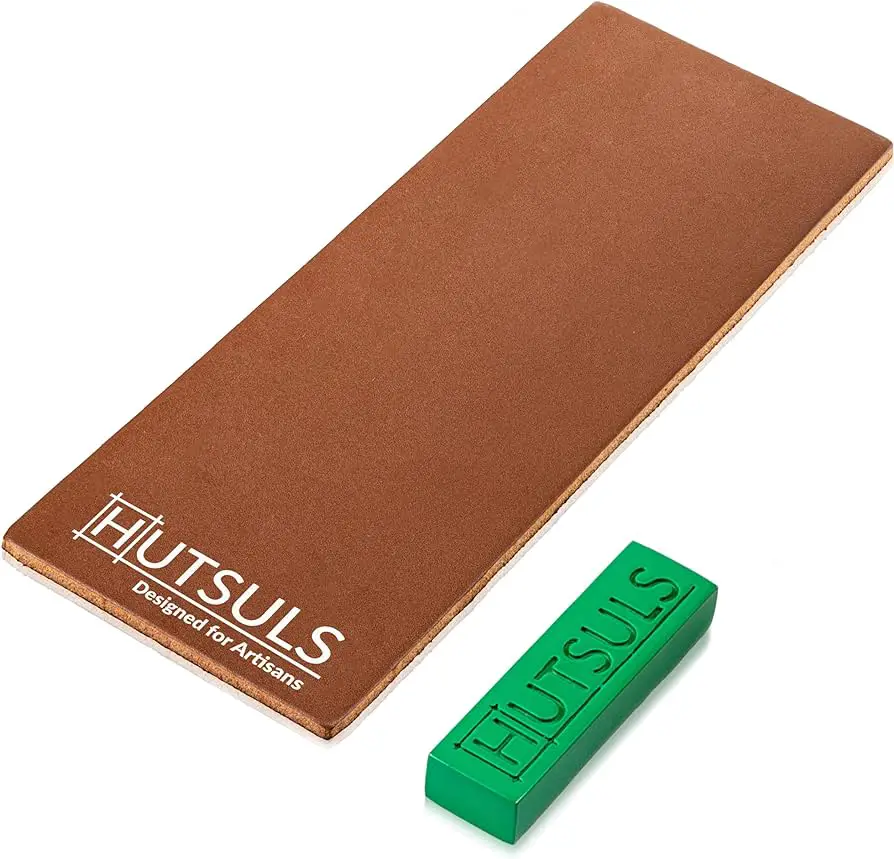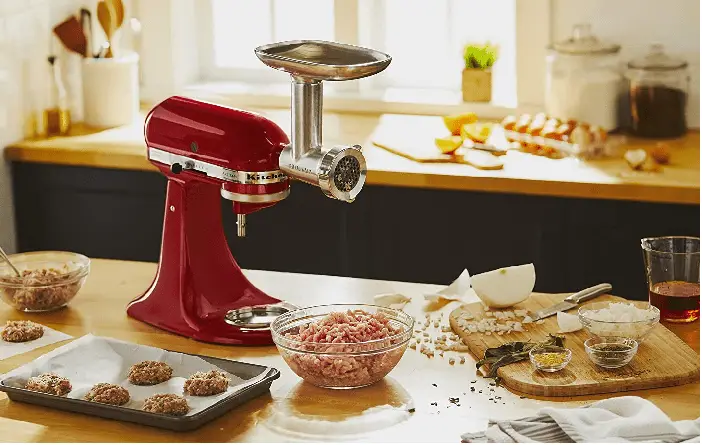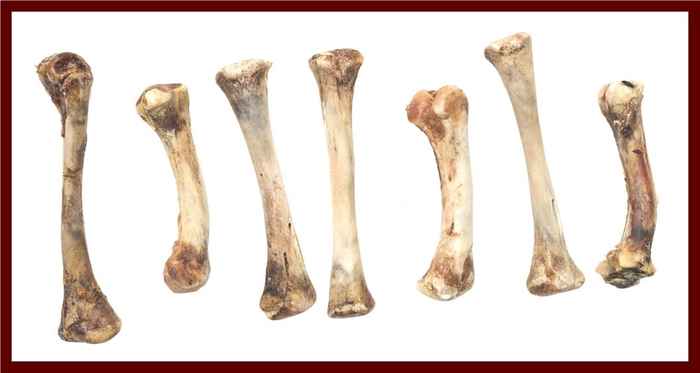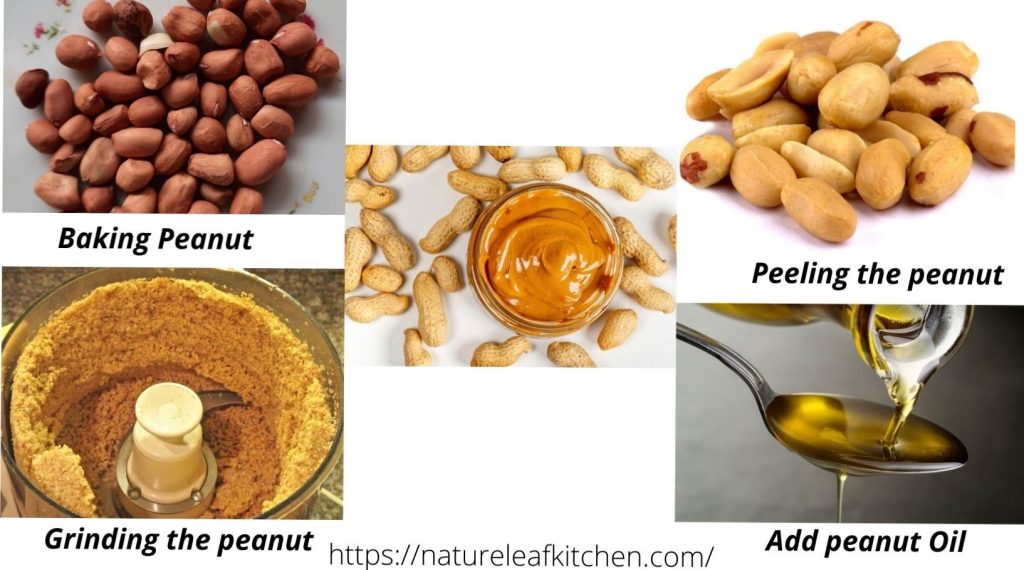To sharpen meat grinder knives and plates, use a flat hone or sharpening stone, ensuring they are of matching grit. Maintain a consistent angle while sharpening to preserve the blades’ efficiency.
Sharpening your meat grinder knives and plates is crucial for maintaining the performance and longevity of your equipment. Dull blades not only compromise the quality of the grind but also put unnecessary strain on the grinder’s motor. A well-maintained meat grinder is essential for anyone looking to process meat efficiently and safely at home or in a commercial setting.
Regular sharpening ensures clean cuts, reduces waste, and enhances the texture of the ground product, making it a critical aspect of meat grinder upkeep. By investing a small amount of time in sharpening your grinder components, you can save money and extend the life of your equipment, ensuring that it remains a valuable asset in your kitchen arsenal.
The Importance Of Sharp Grinder Components
The sharpness of your meat grinder’s components is not just a matter of preference, it’s crucial for optimal performance. Sharp knives and plates ensure a smooth operation and better results. Understanding the value of keeping these components in top condition is the first step towards maintaining your grinder’s efficacy.
Impact On Meat Texture And Quality
A sharp meat grinder knife and plate are essential to achieve the best texture and quality of ground meat. Dull components can lead to:
- Uneven grinding
- Overworking of meat
- Increased temperature of meat
Such issues can negatively affect both the flavour and the consistency of the ground product. In contrast, sharp components contribute to:
- Efficient cutting
- Uniform texture
- Preserved taste
Safety And Efficiency Considerations
Sharp components are not only about the end product but also about safety and efficiency during the grinding process. They lead to a reduction in physical effort and minimized risk of accidents. With sharp knives and plates:
| Benefit | Description |
|---|---|
| Less Force Required | Operators apply less pressure, reducing fatigue. |
| Faster Processing | Meat passes through quicker, saving time. |
| Reduced Wear | Sharp parts face less resistance, lasting longer. |
A well-maintained grinder with sharp components maximizes safety by ensuring smooth operation. It also helps prevent potential malfunctions that could lead to injuries or downtime.
Identifying Dull Knives And Plates
Sharp knives and plates are central to a meat grinder’s performance. Over time, these parts can become dull. Without the proper edge, your grinder struggles and the quality of your ground meat suffers. Here’s how to determine if it’s time for a sharpening session.
Physical Inspection Tips
A visual check often reveals a dull blade or plate. Look for:
- Noticeable nicks or dents on the cutting edges.
- Shiny spots that indicate wear.
- Rust or discoloration, warning of potential weakness.
Gentle handling is key during inspection to avoid injuries.
Performance Signs Of Bluntness
Performance issues signal dullness.
- Smooshing instead of cutting indicates a dull blade.
- Necessity of applying extra force suggests bluntness.
- Inconsistent grinding is a clear warning sign.
Understanding these signs ensures timely maintenance and optimal grinder functionality.
Preparation For Sharpening
Preparation for Sharpening your meat grinder knives and plates is crucial to maintain efficient performance. A dull grinder can lead to poor grinding, texture loss, and more strain on your equipment. Starting with a well-prepared sharpening session ensures your meat grinder continues to slice through meat easily, keeping your dishes at their best. Let’s delve into the initial steps to make your grinder blades as good as new.
Cleaning And Disassembling
Before sharpening meat grinder parts, a thorough clean is essential. This not only prevents contamination but provides a clear view of any wear or damage. Begin by unplugging the meat grinder to ensure safety. Then, disassemble it, separating the knives and plates. Soak these parts in hot, soapy water for about 15 minutes to loosen any meat residue. Use a soft brush to scrub away particles. Rinse with clean water and dry completely. It’s important that no moisture remains, as this could cause rust. Once dry, inspect each piece for dullness and signs of bluntness to assess the sharpening needed.
Gathering Necessary Sharpening Tools
Successful sharpening demands the right tools. Prepare flat sandpaper or a sharpening stone for the main work. A coarse grit will roughen the blade if it’s very dull. A fine grit then smooths and hones the edge to razor sharpness. For beginners, a sharpening guide can be beneficial. It helps maintain the correct angle while sharpening. Optionally, grab a magnet. It’s helpful to hold the small metal pieces safely during sharpening. Assemble these tools within easy reach to streamline the sharpening process.

Credit: in.pinterest.com
The Sharpening Process
Keeping meat grinder knives and plates sharp ensures efficient grinding. Dull blades can ruin texture and flavor. A sharp grinder works faster, keeps meat cold, and retains flavor. Learn to sharpen grinder parts at home with this guide.
Securing The Grinder Parts
- Disassemble the grinder. Remove knives and plates.
- Clean each part with soapy water. Dry them well.
- Inspect for damage. Look for nicks or dullness.
- Secure parts in a vise or clamp. This keeps them steady.
Technique For Sharpening Grinder Knives
- Place the knife against a sharpening stone.
- Glide it across the stone in smooth motions.
- Keep the angle consistent, around 15 to 20 degrees.
- Repeat on all sides until you see a shiny edge.
- Finish on a honing rod for a razor-sharp edge.
Sharpening Grinder Plates
A flat surface is critical for sharpening grinder plates.
- Lay the plate flat on a coarse sharpening stone.
- Move in a circular or figure eight pattern.
- Apply even pressure to remove tiny burrs.
- Switch to a fine stone to polish the surface.
Test sharpness by gently running a fingernail across the edge. Edges that catch the nail are sharp enough.
Post-sharpening Steps
After sharpening, it is important to follow the correct post-sharpening steps. These ensure a long-lasting edge on your meat grinder knives and plates. Let’s dive into the essential tasks to maintain your equipment in impeccable condition.
Cleaning And Drying
Clean every component thoroughly after sharpening. This removes any metal filings. Use warm, soapy water for washing. Then, rinse with clean water.
Afterward, immediately dry each part with a soft towel. This step prevents rust. To ensure no moisture remains, leave the parts to air-dry for a while on a drying rack.
Reassembling The Grinder
- Start by placing the sharpened plate back into the grinder.
- Next, insert the freshly honed knife.
- Make sure the components fit smoothly and are properly aligned.
- Secure the retaining ring, but avoid over-tightening to prevent damage.
Reassembly is crucial for a well-functioning grinder. Check all parts move freely without obstruction. A correctly assembled grinder performs better and safer.

Credit: www.amazon.com
Maintaining Sharpness And Prolonging Life
Keeping meat grinder knives and plates sharp is crucial. Sharp tools ensure efficient grinding and maintain the quality of your meat. A well-maintained grinder saves time and prevents strain on the motor. In this section, we’ll discuss how to maintain sharpness and prolong the life of these critical components. Our goal is to give you the know-how to keep your equipment in top condition.
Regular Maintenance Schedule
Setting up a regular maintenance schedule is key to grinder longevity. Follow these simple steps:
- Inspect blades and plates before and after each use.
- Clean parts with warm, soapy water and dry immediately.
- Sharpen knives and plates as needed.
- Lubricate moving parts with food-grade mineral oil.
- Store components in a dry, safe place to avoid corrosion.
Best Practices For Long-term Care
Proper care ensures your grinder parts last longer and perform better. Follow these best practices:
- Use the correct size of meat to prevent overloading the grinder.
- Keep knives and plates together as a pair to maintain consistency.
- Avoid dishwashers; they can dull the cutting edges.
- Apply a thin coat of oil on knives and plates to prevent rust.
- Replace parts before they become too dull.

Credit: www.boroughkitchen.com
Frequently Asked Questions On How To Sharpen Meat Grinder Knives And Plates
Do Meat Grinder Blades Get Dull?
Yes, meat grinder blades can become dull over time due to consistent use and can require sharpening or replacement to maintain efficiency.
Can You Sharpen Knives On A Grinder?
Yes, you can sharpen knives on a grinder. Use a low-grit stone for dull blades and a high-grit stone for refining edges. Proceed with caution to avoid overheating, which can damage the knife.
How Do You Clean Meat Grinder Plates?
Disassemble the grinder, removing the plates. Soak them in hot, soapy water. Use a brush to scrub off any residue. Rinse with clean water and dry thoroughly to prevent rust. Reassemble the grinder once all parts are dry.
How Do You Sharpen A Knife With A Plate?
To sharpen a knife with a plate, find a ceramic plate with a rough bottom. Hold the knife at a 20-degree angle and gently drag the edge across the unglazed part in a sweeping motion. Repeat several times, alternating sides to maintain sharpness.
Conclusion
Sharpening your meat grinder’s knives and plates is essential for efficiency and performance. With the methods discussed, keeping your equipment in top shape is simple. Regular maintenance ensures longevity and quality in your grinding tasks. Don’t overlook the value of sharp tools; embrace the craft for better cuts and a smoother process.




